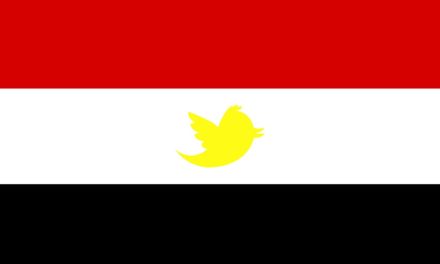As part of an effort to increase transparency with the communities we cover, The Emory Wheel’s Diversity, Equity and Inclusion (DEI) task force elected to compile an annual demographic report starting spring 2021. Following the lead of other student newspapers, including The Daily Northwestern and The Daily Californian, the Wheel emailed a survey to all individuals who contributed to the paper from August 2020 to February 2021. This survey collected demographic information and asked questions concerning the Wheel’s work culture.
Established in November 2020, the DEI task force, composed of editors across multiple sections, works to create and implement initiatives throughout the Wheel to diversify our coverage, foster inclusion, dismantle structural barriers and rectify prior harm. Beyond this demographic report, the task force has initiated efforts to compensate low-income editors, reevaluate recruitment efforts and train our staff on writing about marginalized communities.
The Wheel is not absolved from censure about the ways in which our reporting has harmed marginalized communities. We welcome feedback about ways to improve our coverage. The task force will use the findings below to hold ourselves accountable and reevaluate the perspective of our coverage.
Findings
Our 2021 survey revealed that the Wheel lacks diversity among many marginalized groups, contributing to failures in our coverage of the Emory community. The survey’s open-ended responses show a need for improvement in the Wheel’s work culture, with many members expressing a lack of cohesion and others expressing an exclusive or combative work environment.
The Wheel is a majority white organization, making up 51% of those who have contributed to the paper. The next largest group is those who are of two or more races, constituting 16% of the organization’s members. Those who identify as South Asian and those who identify as East Asian each make up 12% of the paper.
The Wheel severely lacks representation from Black and Latinx writers, editors, illustrators and photographers. Those who identify as Black make up 3.5% of the paper and those who identify as Hispanic or Latinx make up 5% of the paper.
By comparison, Emory University’s student body is 10% Black and 8% Latinx, according to data from the Integrated Postsecondary Education Data System (IPEDS). However, Emory is situated in a majority Black city and for us to successfully cover and contextualize the stories in our community, we must hold ourselves to a higher standard of representation from these groups.
This clear underrepresentation contributes to our many failures in coverage of marginalized racial groups at Emory, from altogether failing to produce content about these communities to publishing harmful coverage. The connection between the lack of racial diversity and our harmful coverage of marginalized groups is shown in the open-ended responses in our survey.
Many members pointed to the centering of our coverage around majority-white events and issues, leaving out and tokenizing perspectives from Black, Indigenous and people of color. One member, for example, noted that our content should include more perspectives from Black writers that not only probe politics and history but also examine culture and music.
The survey reveals that international student representation in our organization, which is 16.5%, reflects the University’s international student representation, which is 17% of all students enrolled at Emory, according to the IPEDS.
However, this representation does not always translate to adequate coverage. One member stated that our coverage of international students is too focused on the policies relating to this group and does not capture the experience of being a student from a different country.
The Wheel is a majority female organization, with women representing 61% of its membership. Non-binary individuals made up only 3.6% of the organization.
Individuals who identify as heterosexual made up a majority of the paper at 62%. Around 13% identify as bisexual and 11% identify with two or more sexual orientations. Around 5% identify as queer, 5% as lesbian and 2% as gay.
The survey reveals generally mixed feelings about the Wheel’s work culture. Some members expressed the culture as being “combative,” “exclusive” and “too stressful,” which can lead to high staff turnover or feelings of isolation. Some members noted problems with the editing process, with one member noting that editors change the writer’s voice or intent “for no reason other than to white wash.” However, others used more neutral or positive language, describing the culture as laidback and welcoming.
Members consistently stated that the Wheel lacked professional and social cohesiveness, with a large divide between writers and editors and divisions between sections.
Methodology
The Wheel’s demographic survey was sent to all individuals who contributed in writing or photography to the paper by Feb. 20. Of the 127 individuals who received the survey, 57 filled it out, a response rate of 44%.




